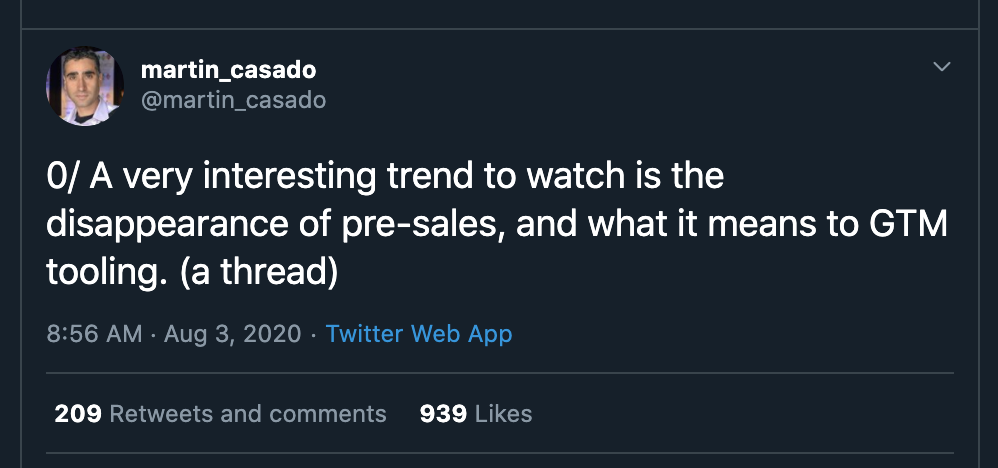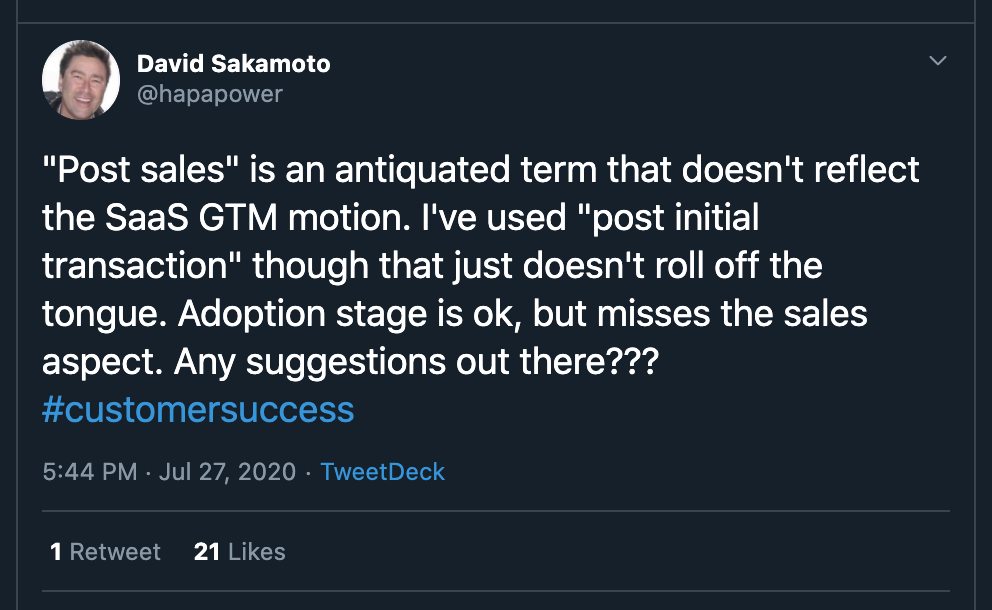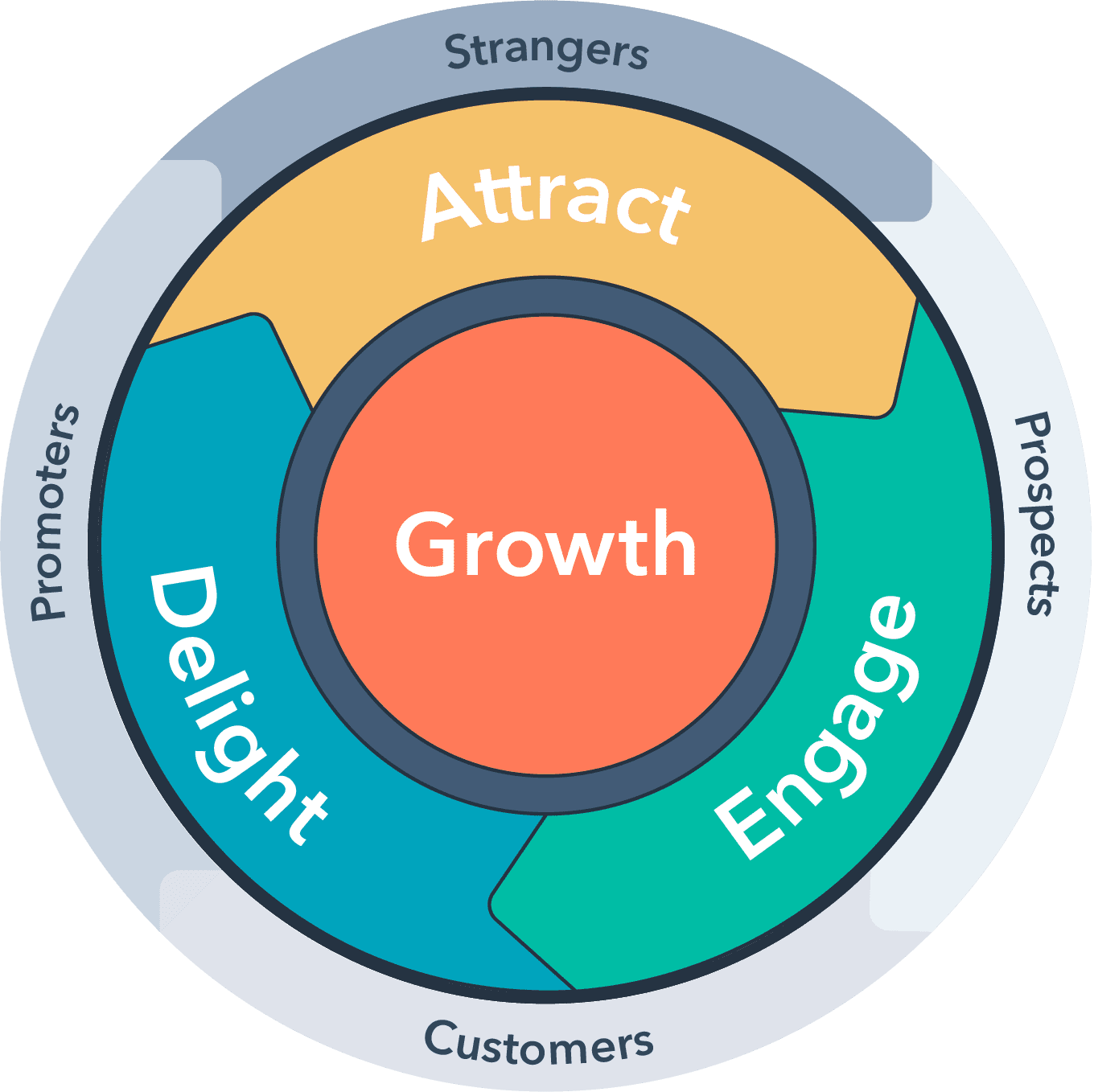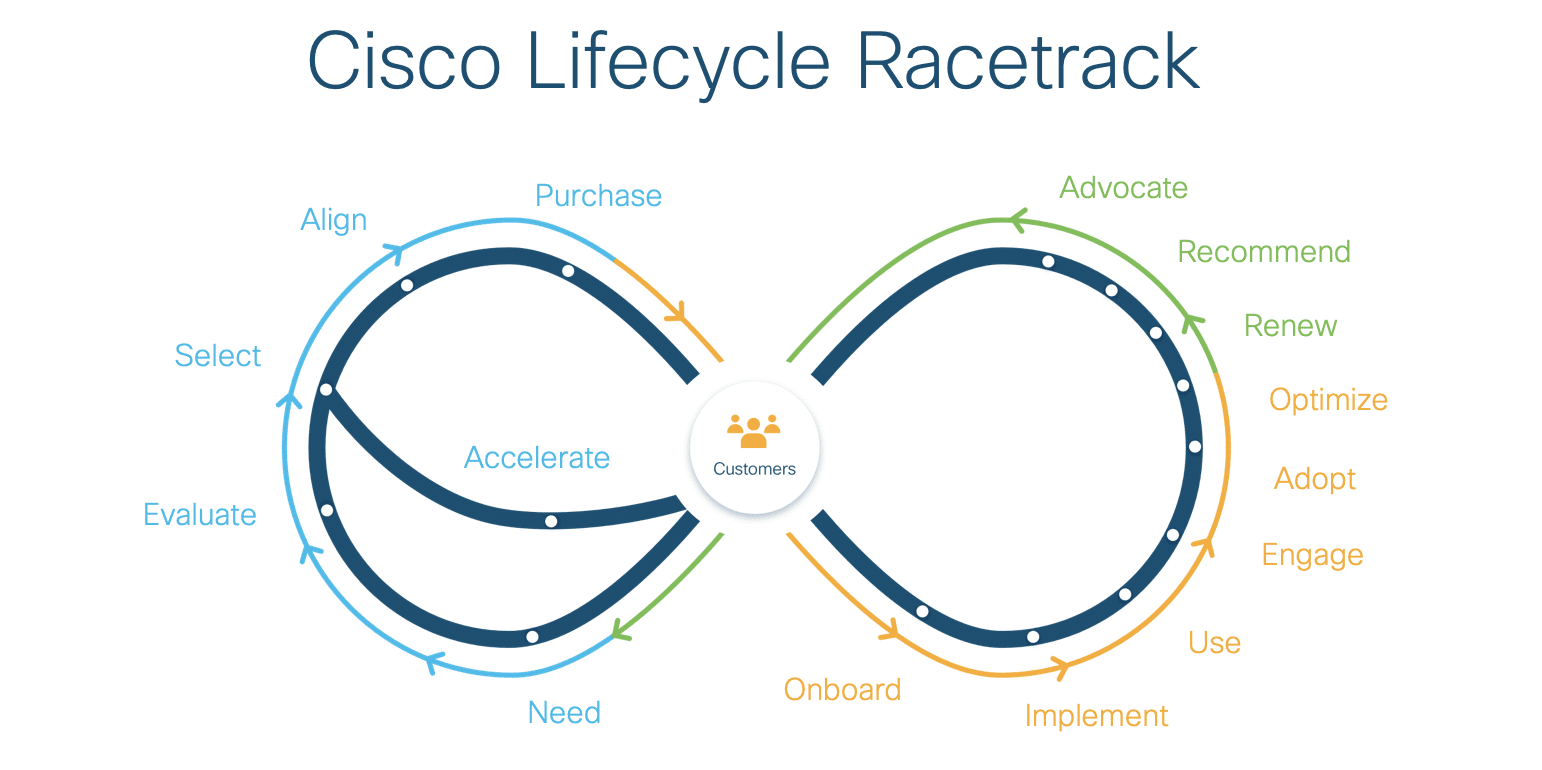
Martin Casado, former entrepreneur and current General Partner at Venture Capital firm Andreessen Horowitz, posted a thoughtful tweetstorm a few weeks ago. Through the series of tweets, he argued that as cloud and SaaS technology business models become mainstream, the notions of “pre-sales” and “post-sales” have become antiquated:
“However, with the shift to bottom-up, this role is changing. And in some cases going away entirely. This is happening so fast that a surprisingly high portion of new founders don’t even recognize the “pre-sales” / “post-sales” lingo.”
Just a week earlier, David Sakamoto, Vice President of Customer Success at GitLab, had a similar thought from the “post-sales” perspective:

I’ve written about this quandary in the past. What does a leader of Customer Success, Professional Services, Support, Training, etc. use as a title?
What’s In a Name?
While a natural reaction might be “why do you care so much about the terminology,” I’d argue that the words highlight a radically different philosophy that needs embracing in the modern world of Customer Success.
At its core, the “old world” business models, where customers didn’t have power, were like factories. Enterprise software, physical hardware, devices and the like could be described like this:
- Build a product
- Market a product
- Sell a product
- (Do as little as possible after that)
- Profit
Whether describing the process as a “funnel” or a linear “customer journey,” the idea was that the customer moves down the assembly line from station to station. Each group in a company needed to be excellent at their own silo. Marketers create leads. Sales engineers conduct demos. Salespeople close deals. And so on.
What’s In a Diagram?
The original model around Customer Success, LAER, pioneered by the innovative team at the Technology Services Industry Association, helped us all realize that there are several important steps after closing the deal:

But in the years since LAER was created, several changes have happened in the world of technology:
- Month-to-month pricing and auto-renewals turn “LAER” into a monthly affair.
- Online reviews, LinkedIn connections and the like, mean that almost every “land” you get is because of one or more successful existing customers advocating on your behalf.
- Freemium and free trial models mean that the concept of a “land” is blurrier than ever.
- Smaller and smaller “lands” push far more of the “fun” in sales to be after the initial deal.
- Consumption and usage-based models inherently imply that land, adopt, expand and renew are the same thing.
These evolutions have led to rethinking of the core model for thinking about customer relationships. Linear processes don’t cut it. What does?
Brian Halligan, Founder and CEO of Hubspot, argues that the customer journey is a “flywheel” and that the job of a company is to reduce friction to make it spin faster:

Maria Martinez, EVP and Chief Experience Officer (CXO) at Cisco, and former head of Customer Success at Salesforce, opted for a “figure eight” diagram that she calls the “race track”:

Even these diagrams, while clearly moving the conversation forward from the previous linear approaches, suffer from several daunting challenges:
- A “customer” is perhaps a dated concept as well. Given the democratization of technology purchasing, each person at the customer could be at different points in the journey for the same overall company.
- People themselves may be in multiple parts of the journey at the same time. They could be in onboarding and recommending simultaneously. They could be adopting with a goal to evaluate.
Quantum Physics Shows Us the Way?
If you know me well, I can’t resist a good quantum physics analogy.
In the pre-quantum (classical physics) world, we all assumed that objects have definite position and velocity. The chair is either here or there. The cat is either dead or alive.
The quantum world blew our minds by teaching us that the physical world isn’t as definite as it seems. Things don’t have fixed locations unless we observe them, as the famous double slit experiment showed.
Are customers quantum? Perhaps that’s my next blog post. At a minimum, just like with quantum physics, I think we should embrace and accept the new complexity.
4 Things to Do From Here
I’ve presented a lot of problems here. What are the solutions?
For me, I think the new world requires us to embrace the following concepts:
- Model: Model your customer journey in a non-linear model—whether a flywheel, a figure eight, or a Mobius strip, don’t just use a one-way process. Recognize that as your business models become more customer-centric, the phased transition between pre and post-sales will blur and eventually disappear.
- Org: This blurring will force you to reconsider organizational structures. Instead of pre- and post-sales teams, you may need to move to “pods” over time, where commercial and technical people collaborate on the customer journey end-to-end.
- Comp: You will also have to reconsider your comp models. Sales are no longer the only “revenue driver.” On-target earnings will rebalance between roles and incentive compensation will become more significant for Customer Success teams.
- Ownership: For CEOs, the blurring of lines means accountability gets more ambiguous. No longer can you say one leader “owns” sales while another “owns” customers. Management teams will need to collaborate more tightly around the end-to-end Customer Experience.
Just like with physics, the new world of customers is complicated. There is no way to get around it. You can either deny it and watch your business fade into irrelevance, or embrace the messiness and thrive.

